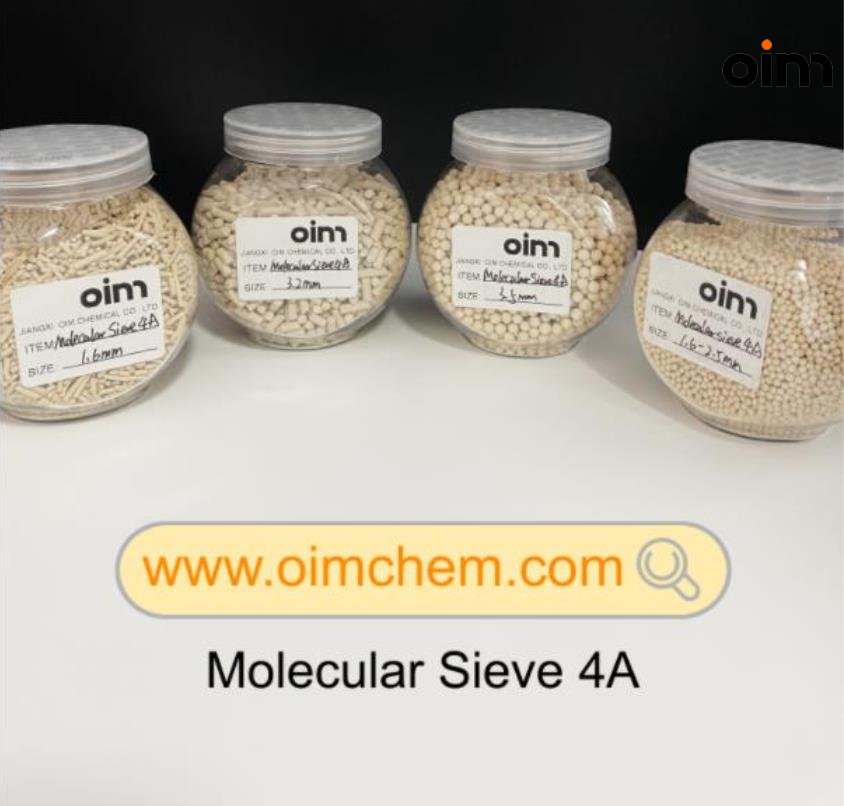Technical article
2022-08-01
Q1: Molecular sieve vs silica gel, their definitions are different
1. What is molecular sieve? Molecular sieve is a synthetic hydrated aluminosilicate or natural zeolite with the function of sieving molecules. Molecular sieves come in different pore sizes and sizes. Generally, the larger the pore size, the more molecules can be adsorbed. Widely used in organic chemical industry and petrochemical industry, it is an excellent adsorbent for gas dehydration.
2. What is silica gel? Silica gel is also known as silica acid gel, is a highly active adsorption material used for gas drying, liquid dehydration, etc. The main ingredient is silicon dioxide, which is available in granular and block forms.
Q2: Molecular sieve vs silica gel, their classification is different
1. Molecular sieves are divided into molecular sieve 3A (potassium A type), molecular sieve 4A (sodium A type), molecular sieve 5A (calcium A type), molecular sieve 13X (calcium A type), etc.
2. Silica gel is divided into white silica gel (fine-pored silica gel is also called A-type silica gel and coarse-pored silica gel is also called C-type silica gel), orange silica gel (also called cobalt-free indicator silica gel), blue silica gel (cobalt indicator silica gel), WS silica alumina gel and H type silica alumina gel.
Q3: Molecular sieve vs silica gel, the selection principle is different
1. Molecular sieve desiccant: In a high temperature environment below 230 degrees, it can still accommodate water molecules well; and the moisture absorption speed is fast, especially in a very short period of time to absorb a large amount of water vapor.
2. Silica gel desiccant: the most suitable hygroscopic environment is room temperature 20-32 degrees, high humidity 60-90% environment, with strong water adsorption.
Generally, in cryogenic air separation, the use of silica gel has a strong ability to absorb water and is economical; molecular sieves have higher capacity for absorbing carbon dioxide and hydrocarbons than silica gel. Therefore, in some places, molecular sieve and silica gel are used at the same time.
Q4: Molecular sieve vs silica gel, the main functions are different
Molecular sieves are mainly used for catalysts and gas removal; Silica gel is mainly used for drying.

